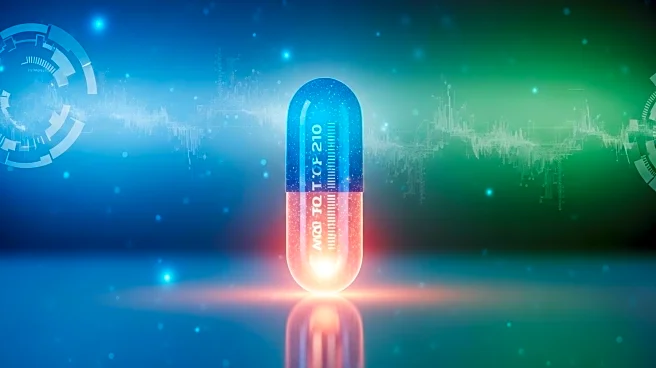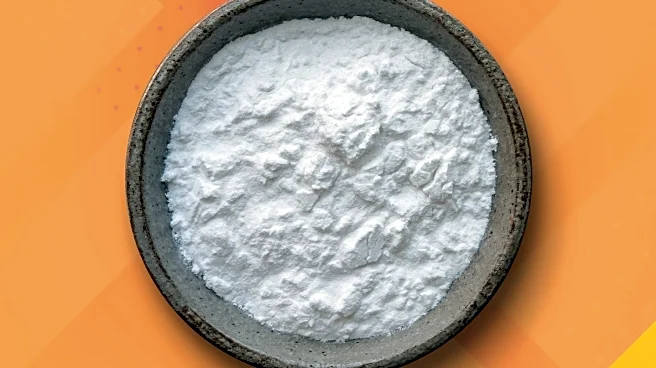What is the story about?
What's Happening?
A recent study has introduced a novel therapeutic approach for atherosclerosis using miR-10a-loaded liposomes. The research focuses on reprogramming macrophage phenotypes within atherosclerotic plaques. Macrophages typically exist in two states: M1, which is pro-inflammatory, and M2, which is anti-inflammatory. The study found that miR-10a liposomes can shift macrophages from the M1 to the M2 phenotype, potentially reducing inflammation and plaque formation. The liposomes are designed to target macrophages specifically, using a combination of red blood cell membranes and hyaluronic acid modifications to enhance delivery and efficacy. This approach aims to improve mitochondrial function and histone acetylation in macrophages, thereby promoting a healthier phenotype and reducing the progression of atherosclerosis.
Why It's Important?
Atherosclerosis is a leading cause of cardiovascular diseases, which are among the top causes of mortality worldwide. The ability to reprogram macrophage phenotypes from pro-inflammatory to anti-inflammatory states could significantly impact the treatment of atherosclerosis. By reducing inflammation and plaque formation, miR-10a liposomes offer a promising therapeutic strategy that could improve patient outcomes and reduce healthcare costs associated with cardiovascular diseases. This research highlights the potential for targeted therapies that address the underlying cellular mechanisms of disease, offering a more precise and effective treatment option compared to traditional methods.
What's Next?
The study suggests further clinical trials to evaluate the safety and efficacy of miR-10a liposomes in human subjects. Researchers anticipate that successful trials could lead to the development of new treatments for atherosclerosis, potentially transforming the management of cardiovascular diseases. Additionally, the approach could be adapted for other inflammatory conditions, broadening its therapeutic applications. Stakeholders, including pharmaceutical companies and healthcare providers, may closely monitor these developments, considering potential collaborations or investments in this innovative treatment strategy.
Beyond the Headlines
The use of miR-10a liposomes also raises questions about the ethical implications of genetic and cellular manipulation in medical treatments. As therapies become more targeted and complex, regulatory bodies will need to address concerns related to safety, accessibility, and long-term effects. Furthermore, the integration of such advanced treatments into existing healthcare systems may require significant adjustments in policy and practice, emphasizing the need for interdisciplinary collaboration in the development and implementation of new medical technologies.
AI Generated Content
Do you find this article useful?













